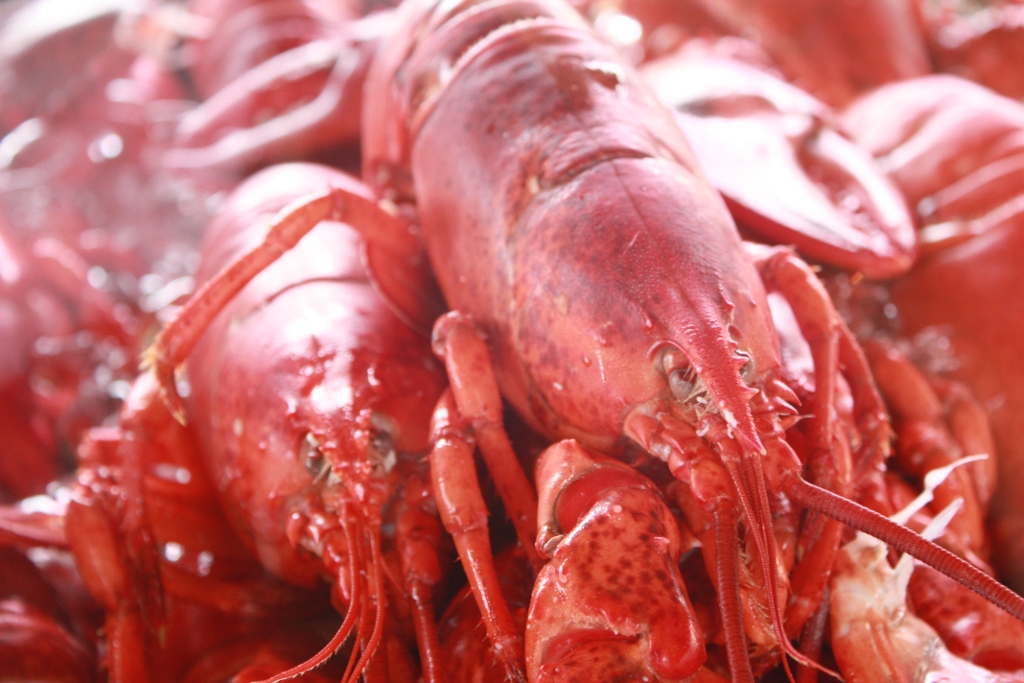The farming industry requires an immense amount of labor and money. However, there are many factors that come into play when producing a healthy crop. Focusing on rice agriculture, examples of harmful disease that cause loss of crops are blast and brown spot.
Blast disease is the most important disease that has been affecting rice crops worldwide. This disease infects rice crops by creating lesions on different parts of the plant, such as the leaves, seeds and even roots. The lesions lead to cell death and eventually cause death of the leaves and entire plants. The following video demonstrates the impact of the rice blast disease.
Credit: This Week in Louisiana Agriculture, YouTube.
So, what is being done to protect crops?
Since rice crops are a predominant food source for a vast population around the world, it is important to keep these crops healthy. One method of controlling disease in rice crops are fungicides, however, they sometimes have negative effects on the environment and human health. For example, the fungicide Mancozeb creates concerns in human metabolism and respiration.
Fungicides are not a long-term solution! Pathogens are able to become resistant to fungicides overtime and infect crops. The production and use of fungicides is costly and to have them become ineffective is a waste of both time and money. Due to these effects, research is being conducted in order to find substitutes for fungicides.
What have researchers found?
One solution is sugar! Chitosan specifically, is a sugar that can be found naturally in the shells of crustaceans and is renewable.
- Credit: https://flic.kr/p/6U5Uy2
Could Chitosan be the solution to the long-lasting issue of using fungicides in agriculture? The most important benefit of Chitosan is that it is naturally present in the environment and therefore is not as harmful as using chemicals. Secondly, Chitosan is abundant, accessible and not nearly as expensive as producing chemical fungicides — which are only short-term solutions.
How does Chitosan work?
Chitosan possesses properties that help protect plants and promote antifungal behaviour. A study proposed that Chitosan inhibits the access of fungi to essential nutrients of plants, preventing the growth of fungi.
Another study concluded that Chitosan modifies the outer membrane of pathogens, destroying their ability to attack plants and therefore making crops less susceptible to fungal virus and disease. Along with preventing fungal disease, Chitosan also activates defense mechanisms in plants. The dual action of Chitosan makes it an ideal substitute for fungicides.
Is Chitosan a long term solution?
I believe that the Chitosan solution definitely has benefits such as, being renewable and inexpensive but it should be tested extensively to prove success. Research has shown several qualities of Chitosan such as antimicrobial properties against viruses, bacteria, fungi and insects, which further confirm it as a good solution for protecting rice crops. Despite these findings, Chitosan should be tested thoroughly before being put into practice to avoid putting crops at risk of failure.
Pavneet Virk


2 responses to “The Solution is Sugar!”